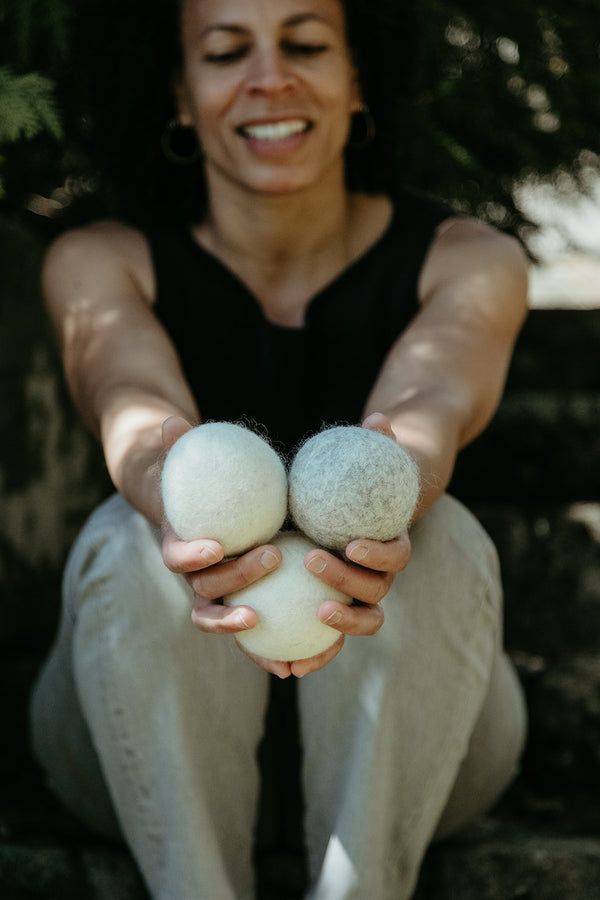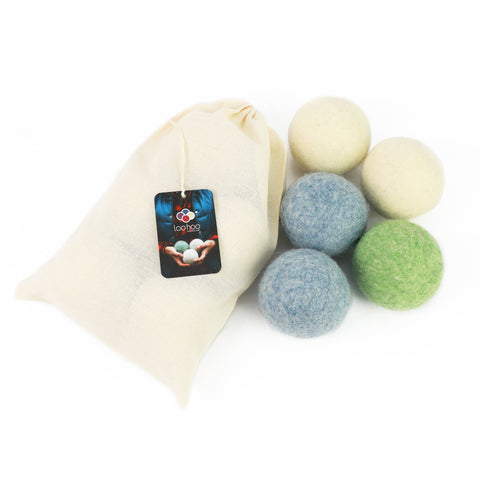Your Cart is Empty
Laundry & Bed Sheets
May 16, 2024 3 min read

In the winter, many of us swing open the linen closet, pull out a stack of flannel sheets and curl up in a warm bed as we drift off to sleep. Come spring, it’s all about cool, crisp and lightweight bedding.
As a child, my mom spent hours washing our bedding followed by line drying on a steel clothesline. It looked like a maze, with the sheets blowing in the wind under the tree-like post. Sheets were always white, and once dried, they were starched and ironed. These days I rarely have time to iron my sheets, but when I do, the results are so worth it.
Today’s sheets come in every color of the rainbow, with nearly as many patterns, designs and fabrics. They can sell for as little as $20 a set and up to several hundred dollars. While it may be tempting to pay less, think again. Quality costs and often leads to a better night of rest.
So where do you begin? Check out our guide for buying—and caring for—what’s closest to our skin when lying in bed.
Thread Count
Years ago I bought a set of sheets at a home show. They were so soft but they didn’t last long—probably because they were 150 thread count and paper thin. That’s when I discovered the difference between sheets, but thread count isn’t the only factor.
Thread count is the number of threads woven into one square inch of fabric both horizontally and vertically. It measures how tightly the threads are woven and how soft the fabrics is, typically relating to cotton, percale, sateen and bamboo materials. Cotton quality is also determined by the length of its fiber, also known as staple, the strands that make up a raw piece of cotton. The longer the fibers, the better the product.
Quality of threads and craftsmanship are also considerations. Experts warn that excessively high thread count—600 to 900—can mask a lower-quality sheet or may result in a denser sheet that may feel heavier and warmer.
Most common and easy to care for, basic cotton is a practical choice that delivers breathability and affordability. Look for 200 to 400 thread count.
Made in the USA, pima cotton is strong, soft and flexible and features extra-long staple fibers. Pima can be expensive and is often blended with basic cotton so check the manufacturer’s tag. It is a step up from basic cotton and not considered as luxurious as Egyptian cotton.
Egyptian cotton tends to be lighter, softer, flexible and longer-lasting than regular cotton. This great choice may come with a heftier price tag thanks to the superior cotton quality and longest choice in staples. Look for 300 to 400 thread count.
Percale sheets are made with tightly woven threads that produce a smooth, satiny finish. This option is made from cotton or a combination of polyester and rayon or low-quality microfiber. Bedding experts suggest avoiding synthetic materials that can trap heat and moisture. These sheets may be inexpensive, but synthetic may also lead to restless nights. Look for 200 to 400 thread count.
The weaving process for sateen sheets is a bit different than the others—one vertical thread for every four horizontal threads. Made from cotton, the somewhat glossy fabric is very soft but heavier than percale and less durable. Look for 300 to 600 thread count.
Hands down, bamboo sheets are the most environmentally friendly. Bamboo grows quickly and without pesticides and large amounts of water. The oxygen-producing plant reduces carbon emissions and produces more fabric per space compared to cotton. Bamboo sheets are cool to the touch and wick away moisture. Look for 300 to 500 thread count.
Caring for Sheets
Experts suggest washing sheets on the cold or warm cycle with a mild detergent once a week. After all, sheets are prone to retaining bacteria, dust, dead skin cells and body odors. Be sure to dissolve the soap first before adding the sheets in the washing machine. Treat stains immediately and let soak before completing the wash cycle.
While it seems prudent to wash a full load, wash sheets by themselves to avoid rips or tears from zippers or pilling and lint from towels.
Dry on a permanent press or low heat setting; this will prevent shrinkage. If you choose to line dry, toss sheets in the dryer afterwards with a handful of LooHoo Wool Dryer Balls to fluff the fabric and set on low heat for a quick 10 minutes.
Sheets typically last two to five years; higher-end brands can go a couple more. When you see fading, yellowing or thinning, it’s time to replace.
Subscribe
Sign up to get the latest on sales, new releases and more …

Join the LooHoo Community
Sign Up Now to be the first to learn about new products, sales and giveaways.



